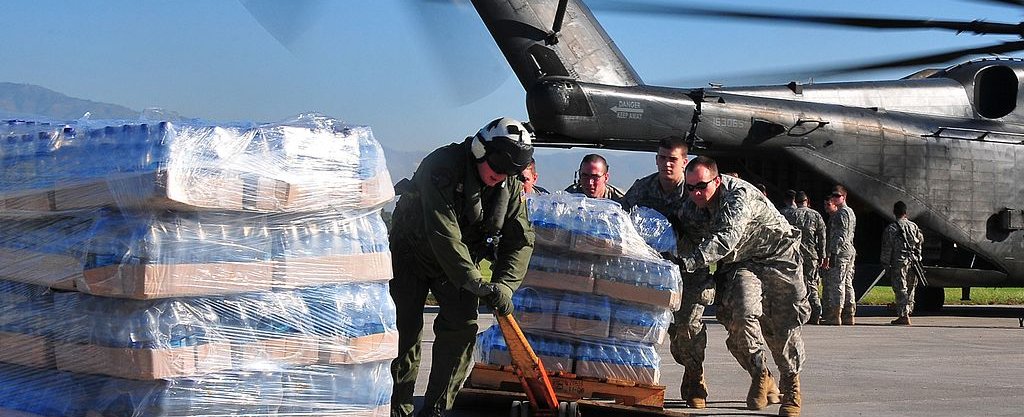
As part of our R&D project exploring open geospatial data, we decided to attend this year's State of the Map conference.
It gave us the opportunity to strengthen ties with both the UK and international OpenStreetMap (OSM) community while learning more about the ecosystem that has built up around the project. We were amongst over than 400 attendees, representing over 150 organisations from 56 countries.
Key themes
Several themes came up in the workshops, discussions and presentations we went to over the course of the weekend.
Working towards greater diversity and inclusivity. One of the OSM values is inclusivity. The community works to improve the diversity of its contributors (mainly degree-educated, european males, currently). The barriers to achieving a fully diverse and representative community came up in the talks. The potential for OSM and the ability to crowdsource other types of geospatial data, eg to tackle social gender and accessibility issues, were powerful examples of the data's breadth of use.
Many types of organisation are interested in OSM. While the diversity of OSM contributors needs improving, there was a diverse mix of organisations represented by attendees. These ranged from social enterprises and startups to government organisations and large corporates. The OSM community were encouraged to connect with and learn from the broader open data and open source communities.
The power of the local community. The unique selling point of OSM is its foundation on local knowledge. Through local knowledge, insight and mapping, the data gets more accurate. As the quality improves, maps will attract an increased level of trust and wider use. The OSM community is actively exploring how machine learning can be used to improve the data's speed, quality and detail. But their approach is to use these new tools to support local knowledge while encouraging continued community ownership of the data, and ensure sustainability.
Humanitarian uses. One of the first applications of OSM for humanitarian aid was following the Haiti earthquake in 2010. The power of OSM in countries with poor national mapping is vast, and ranges from enhancing knowledge-sharing and community empowerment in Mozambique and supporting the elimination of Malaria in Botswana, to tackling FGM in Tanzania.
Transport applications. Many of the sessions called for additional community support and discussion around improving the quality of OSM to better support transport applications, eg marking entrances to bus/ train stations and interchanges. Others described how they were enhancing OSM for use in long-term transportation planning or navigating the complexity of freight movements. Those sharing their experience found common issues in global data standards to support updates.
What we observed
Hearing and discussing experiences at State of the Map sparked a number of thoughts for us.
- The OSM community is truly open – all of the talks during the event involved a mixture of open source, open data and open forms of collaboration. The community is using a variety of means to work together and in partnership with larger organisations. We saw how the community sees how it can communicate its value better during an open debate around the future of OSM.
- Crowdsourced does not mean low quality – there are many tools, techniques and processes behind the scenes to validate the data input to OSM. To the new or occasional contributor, these processes aren’t immediately obvious. There’s a lot to be learned around how the community monitors and tries to improve quality of the map. The community and its wider ecosystem are constantly creating and improving their data-quality tools, allowing them to deal with a continuous stream of contributions. For example, MapBox introduced the quality tools that allow them to review 80,000 changes each day. In their view, the “OSM data is eventually consistent”.
- OSM is not just for hobbyists or humanitarian applications – there's a rich ecosystem of organisations and communities around OSM. Startups and small businesses spoke about how they were using OSM data or creating new products and services around it. It was also great to hear how Microsoft, Apple, Facebook & Telenav are all contributing to and using OSM in their mapping applications.
- We can do more to communicate the value of OpenStreetMap – the variety of sectors and important services and tools now reliant on OpenStreetMap shows its value to society, the economy and the environment. The OpenStreetMap community is keen to explain the value of the data, by demonstrating its flexibility to create more custom, tailored maps, for example.
We were welcomed into this community with open arms and we have come away feeling inspired. The conference gave us a lot of insight into OpenStreetMap and its community and we’ll be using this to help shape up the next phases of our project.